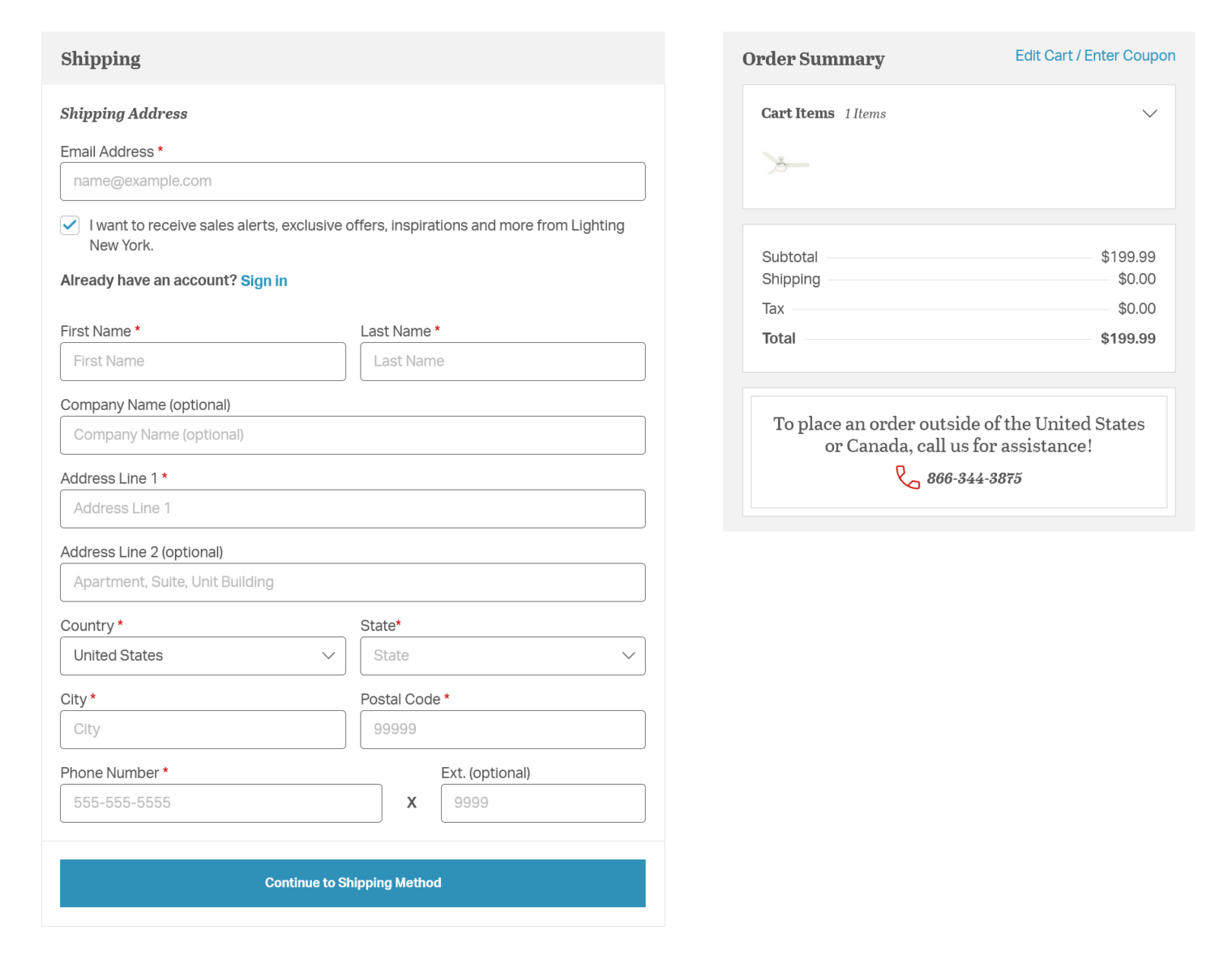All previous tools that were hyped as making programmers more productive had no effect or a positive effect on the demand for computer programmers. I would have thought that we would be in a golden age for young computer nerds as every company on the planet seeks to “add AI”, e.g., “Joe’s Drywall and Paint, now with AI”.l
The Wall Street Journal, however, says that there is a glut of graduates… “Computer-Science Majors Graduate Into a World of Fewer Opportunities”:
Note the hateful depiction of a non-Black non-female not-obviously-2SLGBTQQIA+ computer wizard (NYT would never make this mistake). Also note “Those from top schools can still get job”. In other words, it is the mediocre computer nerds who can’t get hired. Either there has been a huge boom in the number of people who are passionate about computer nerdism or a lot of kids have gone into CS, despite a lack of interest in staring at a screen, because someone told them that it was a sure path to a solid career (this was my experience teaching Information Technology; 90 percent of the students were not even vaguely curious about the subject, e.g., curious enough to search outside of the materials assigned):
My guess is that, due to lack of interest/passion, 70 percent of CS majors shouldn’t have majored in CS and won’t have lasting careers in CS. They are at best mediocre now and will just get worse as they forget what they were supposed to have learned.
Almost all of the news in the article is bad:
To be sure, comp-sci majors from top-tier schools can still get jobs. Pay, projected to be at about $75,000, is at the high end of majors reviewed by the National Association of Colleges and Employers, or NACE. They are just not all going to Facebook or Google.
“Job seekers need to reset their expectations,” said Tim Herbert, chief research officer at CompTIA, a trade group that follows the tech sector. “New grads may need to adjust where they’re willing to work, in some cases what salary, perks or signing bonus they’ll receive, and the type of firm they’ll work for.”
And while big tech companies are hiring for AI-related jobs, Herbert said, many of those positions require more experience than a new grad would have.
Salaries for this year’s graduates in computer science are expected to be 2.7% higher than last year’s, the smallest increase of eight fields reviewed by NACE.
In the past 18 months, job growth has remained flat for software publishers, a group of employers that includes software developers, according to the Labor Department. On the student jobs platform Handshake, the number of full-time jobs recently posted for tech companies is down 30% from the year-ago period.
$75,000/year?!?! That’s $55,000 per year after Joe Biden’s and Gavin Newsom’s shares (online calculator). About $12,000 of that after-tax $55,000 will be consumed paying for the car that is required to get to the job (AAA and CNBC). Salaries are 2.7 percent higher than a year ago? That’s a pay cut if you adjust for the inflation rate in any part of the country where (a) people want to live, and (b) there are jobs.
I’m wondering if the big problem is in bold. Four years of paying tuition should prepare a smart young person for almost any job, including “AI-related” (if not at OpenAI then at some company that is planning to use an LLM via an API to OpenAI or similar). In the late 1990s, colleges weren’t teaching “How to build an Amazon or eBay” (so we developed a class that did and a textbook) even though it was obvious that employers wanted graduates who could built database-backed web sites. Could it be that the CS curriculum is totally stale once again? Very few of the professors have what it would take to get hired at OpenAI and, therefore, they can’t teach the students what it would take to get hired at OpenAI.
I think this confirms my 2018 theory that data science is what young people should study and that data science restores the fun of computer programming that we enjoyed in the pre-bloat days.
Full post, including comments 





















